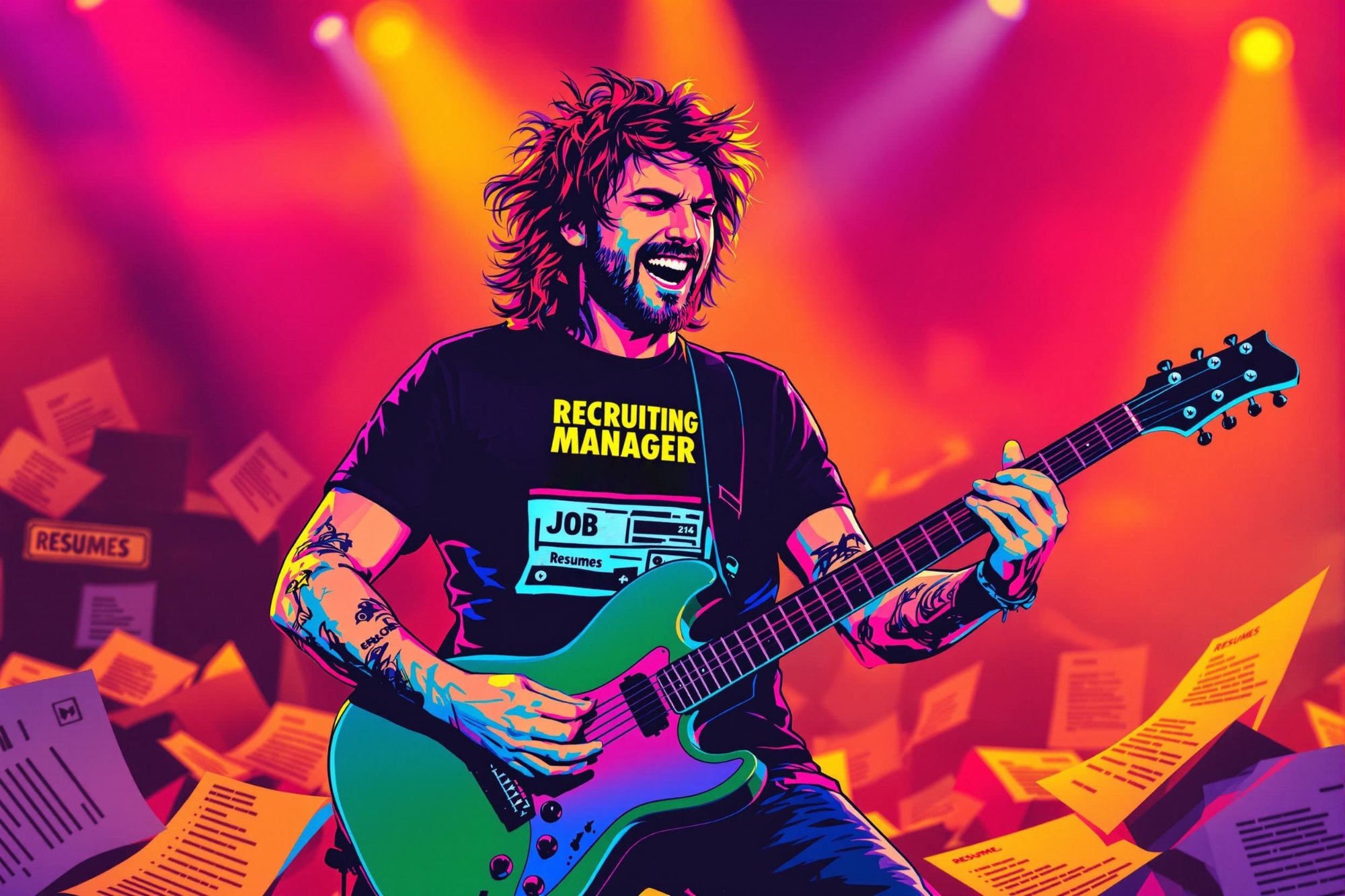
Dart
Dart is a programming language created by Google that's mainly used to build mobile apps that work on both iPhones and Android phones. It's especially popular because it's the language used with Flutter, which is Google's toolkit for creating mobile apps. Think of Dart as the language that lets developers write one set of code that can power apps across different devices, instead of having to write separate code for each type of phone. This approach saves time and money for companies developing mobile applications. It's similar to other mobile development tools like React Native or Kotlin, but it's specifically designed to work best with Flutter for creating smooth, fast-running mobile apps.
Examples in Resumes
Developed cross-platform mobile application using Dart and Flutter
Led team of 3 developers in creating company's flagship app with Dart
Improved app performance by optimizing Dart code and reducing memory usage
Typical job title: "Dart Developers"
Also try searching for:
Where to Find Dart Developers
Online Communities
Job Boards
Events & Learning
Professional Networks
Example Interview Questions
Senior Level Questions
Q: How would you architect a large-scale mobile application using Dart and Flutter?
Expected Answer: A senior developer should explain how they would organize the app's structure, manage state, handle data flow, and ensure the app performs well across different devices and platforms.
Q: How do you ensure code quality and maintainability in a Dart project?
Expected Answer: Should discuss coding standards, testing strategies, code review processes, and how they would organize team workflows to maintain high-quality code.
Mid Level Questions
Q: How do you handle state management in a Dart/Flutter application?
Expected Answer: Should be able to explain different ways of managing data in the app, like saving user preferences or handling temporary information while the app is running.
Q: Explain how you would integrate third-party services into a Dart application.
Expected Answer: Should demonstrate understanding of how to connect the app with external services like payment systems or social media login.
Junior Level Questions
Q: What are the basic data types in Dart?
Expected Answer: Should be able to explain the simple building blocks of Dart programming, like how to store text, numbers, and lists of information.
Q: How do you create a simple screen layout using Dart and Flutter?
Expected Answer: Should demonstrate basic understanding of creating app screens and arranging elements like buttons and text on the screen.
Experience Level Indicators
Junior (0-2 years)
- Basic mobile app layouts and navigation
- Simple data handling and storage
- Understanding of Flutter widgets
- Basic app state management
Mid (2-4 years)
- Complex UI implementations
- Integration with backend services
- App performance optimization
- Error handling and debugging
Senior (4+ years)
- Architecture planning and implementation
- Advanced state management
- Team leadership and code review
- App deployment and maintenance strategies
Red Flags to Watch For
- No experience with mobile app development concepts
- Lack of understanding of cross-platform development
- No knowledge of Flutter framework
- Unable to explain basic UI/UX principles
- No experience with version control systems
Need more hiring wisdom? Check these out...

Beyond Spreadsheets: Why Executive Dashboards in ATS Systems Are Your Secret Hiring Weapon

Recruitment in the Fast Lane: How to Adapt Hiring Practices in the Blink of an Eye

When Job Ads Dance: Why Your Next Hire Might Come From a 20-Second TikTok

